Children need to learn time-management, and building that habit will be vital for the rest of their lives.
Preface/Motivation
A capstone should show what a student has learned and what he or she is capable of as a designer.
For my capstone, I wanted to demonstrate an understanding of interaction and industrial design, and how I can leverage both the digital and the physical to work together to solve a problem, in this case helping children and parents have better experiences with electronics.
Problem Introduction
The art of parenting is passed on from one generation to the next. This has worked for centuries, but now, technology has changed everything.
Parents now wonder: how do they raise kids around electronics? How much screen time do kids get? Are they staying safe online? How do they stay involved in their kids’ digital lives?
For my capstone, I wanted to understand this topic and design better interactions between young kids, electronics, and their parents.
This project has a lot of writing on research and design rationale. But if you want to skip directly to the final design, click here.
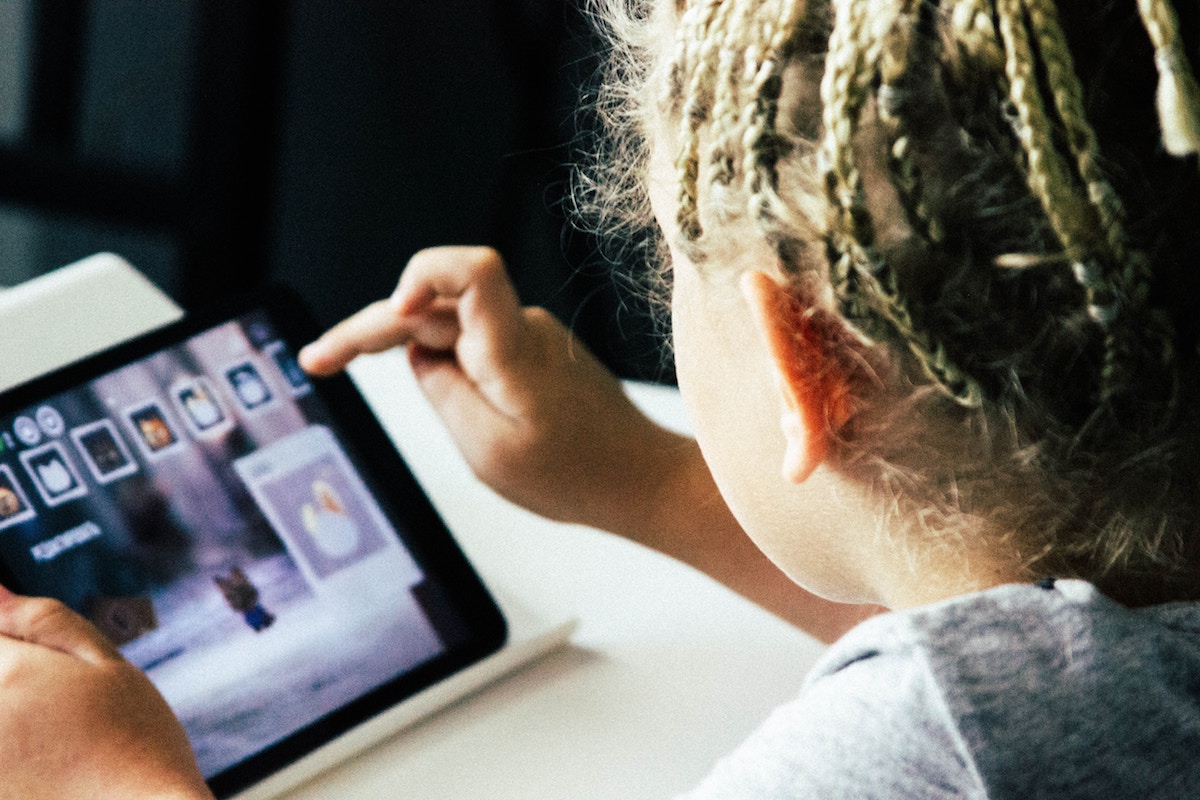
Context
To understand this topic, I conducted research by reading academic papers, design analyses, as well as conducting in-depth interviews with parents and a professional babysitter.
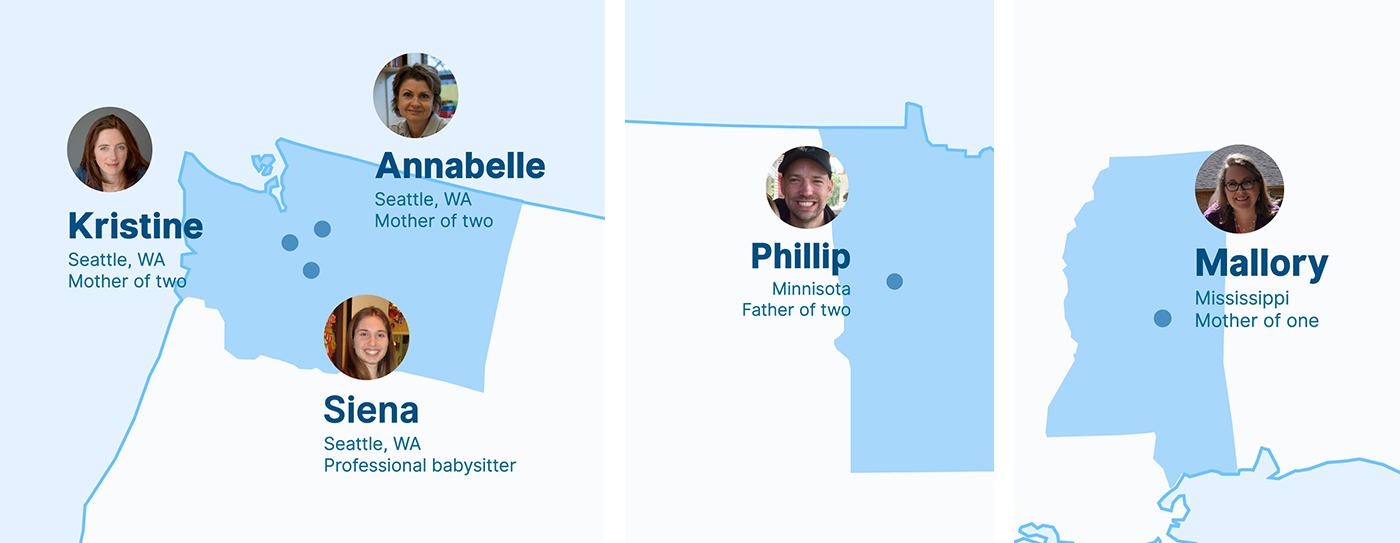
Here are four main insights that informed the design:
1. Electronics used as babysitting tools
Kristine, mother of two
“You know that if they’re on their screen they’re completely taken care of.”
Parents with young children are very busy at home. They have many tasks to do, while at the same time, they have to make sure kids are okay. Giving children electronics is an “instantaneous way to occupy them.” You know “they are quiet and content.” As a result, many parents use electronics as babysitting tools.
For instance, “daddy is making dinner, here’s the iPad, why don’t you go watch something.” Or, “mommy’s trying to get some last-minute work done, go play the iPad.”
2. Kids can’t stop playing
Annabelle, mother of two
“They will keep playing until I tell them to stop. They can play all day.”
Every parent I read about and interviewed echoed the same thing: kids can’t stop playing. Every day is a struggle to get them of their devices. They always argue and bargain and sometimes they get grumpy and throw tantrums.
Time management (being able to keep track of time spent and know when to stop) is a vital skill, especially when these kids are going to be surrounded by screens — all of them competing for their attention — their whole lives. To be functional in this new society, they need to learn self-discipline and time management.
3. Parents want to be involved
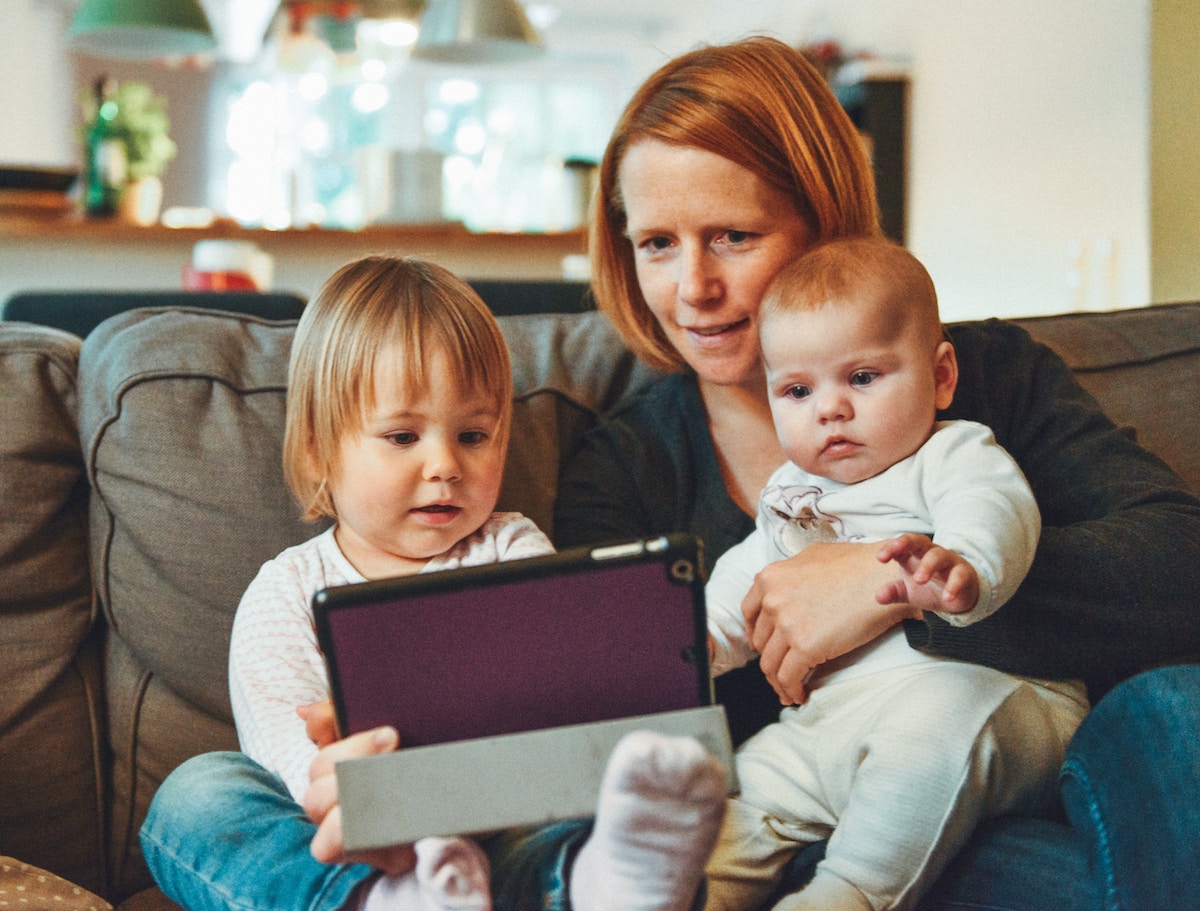
Mallory, mother of one
“There’s a world they’re encountering that I don’t know anything about.”
Parents are often in the dark about what their children do on electronics. Sometimes, their kids are more tech-savvy than they are, making matters worse.
It’s not just monitoring, however, parents want to be involved in their children’s lives. They want to talk to them and guide them through whatever they’re experiencing.
Mallory, mother of one
“I want to watch and play with my kids and talk to them about what they’re seeing.”
Annabelle, mother of two
“I want to engage my children more, play more board games, do more things with them, but there are only so many hours in the day.”
The problem is: parents have things to do, their kids have homework and by 8pm, they’re asleep. So, despite being home together, parents don’t get to spend that much time with their kids.
It needs to be easier to spontaneously do things together.
4. Time is running out

We’ve all seen children with iPads in restaurants, cars, or at the dentist’s office. Escape from boredom is just one tap away.
Some parents even recount stories of their children sneaking tablets into their bedrooms at night. With mobile devices, it becomes nearly impossible to control and limit electronics usage.
Annabelle, mother of two
“I fear what’s going to happen when they get their own devices and get into social media.”
Most kids aged 12 and up have a smartphone. This age is rapidly decreasing. When children get personal mobile devices, parents lose most of their ability to shape their kids’ interactions.
This means that children need to learn self-discipline and time management before that time.
The Design
With all that mind, I decided to envision a different child tablet experience. An experience that encourages children to plan their time and makes it easier for parents to play with their kids and catch up with them.
It should be like a living room computer or a coffee table. Stationary and set in the most communal space of the house, children are free to play and explore, but always in the presence of their parents.
This doesn’t just help parents keep an eye on their kids, but also creates opportunities for them to connect — to spontaneously play together.
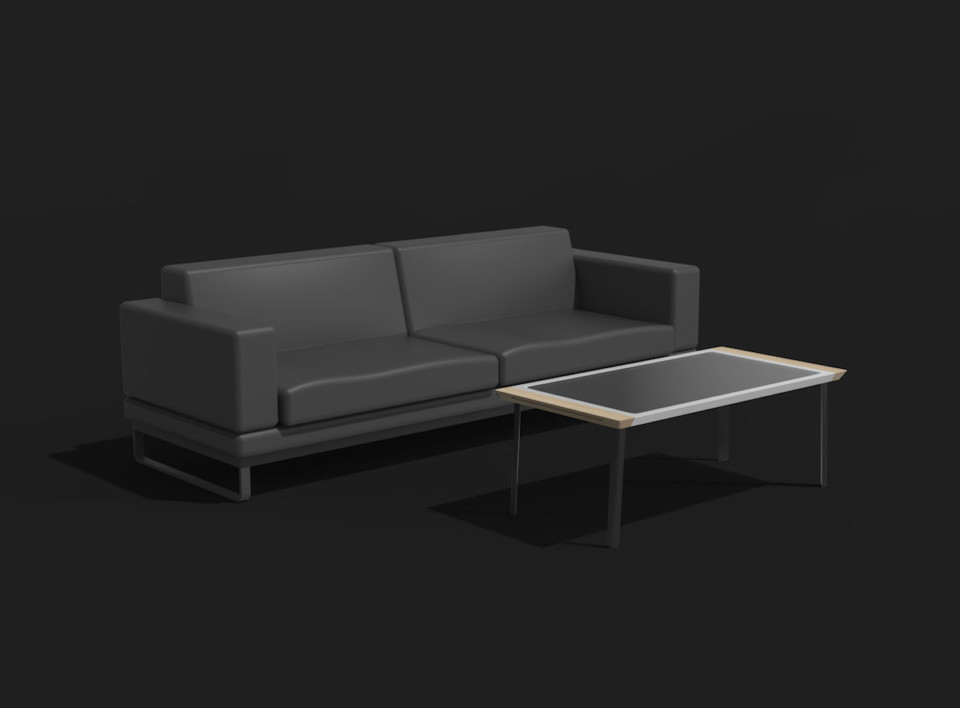





I designed 3 different scenarios to showcase the experience:
- 1. Plan Play Sessions – helping kids plan and manage their time
- 2. Play Together – helping parents spend time and connect with their kids
- 3. Catch Up – helping parents stay involved in their kids’ digital lives.
Demos
1. Plan Play Sessions
Currently, parents tell kids when to stop playing. In the kids’ eyes, parents are antagonists who ruin their fun time. Usually, the kids bargain or throw tantrums. For parents, this daily fight is annoying and stressful.
Additionally, because parents act as timers, children never have to manage time on their own. Time management and self-discipline are essential skills, especially in a world dominated by screens competing for attention.
Studies show that having children plan their own play sessions help them stop on their own. Planning also helps them understand time management and builds up a habit for the future.
2. Play Together
For some parents, gaming is a great way to spend time and connect with their children.
However, finding time to play together can be difficult when setting up is a hassle and a parent is busy, jumping from task to task. This scenario outlines how design can help parents spontaneously jump in.
Facilitating spontaneous play sessions for children and their parents.
3. Catch Up
When kids use electronics, they have a whole life out there that parents don’t know about. Parents want to be involved. They want to talk to their kids about what they’re experiencing and feeling.
However, catching up with kids can be difficult. Children aren’t very good at answering questions and “what did you do today?” guarantees a vague response. It takes a lot of effort to get children to open up.
One reason the design was a coffee table was because it is a natural resting place. Every family member, especially adults, gravitate there to relax.
As Lisa drinks coffee and reads a magazine or a book, she can passively and effortlessly catch up with Sam by glancing at the table.
Making it easier for parents to be involved in their children’s digital lives.
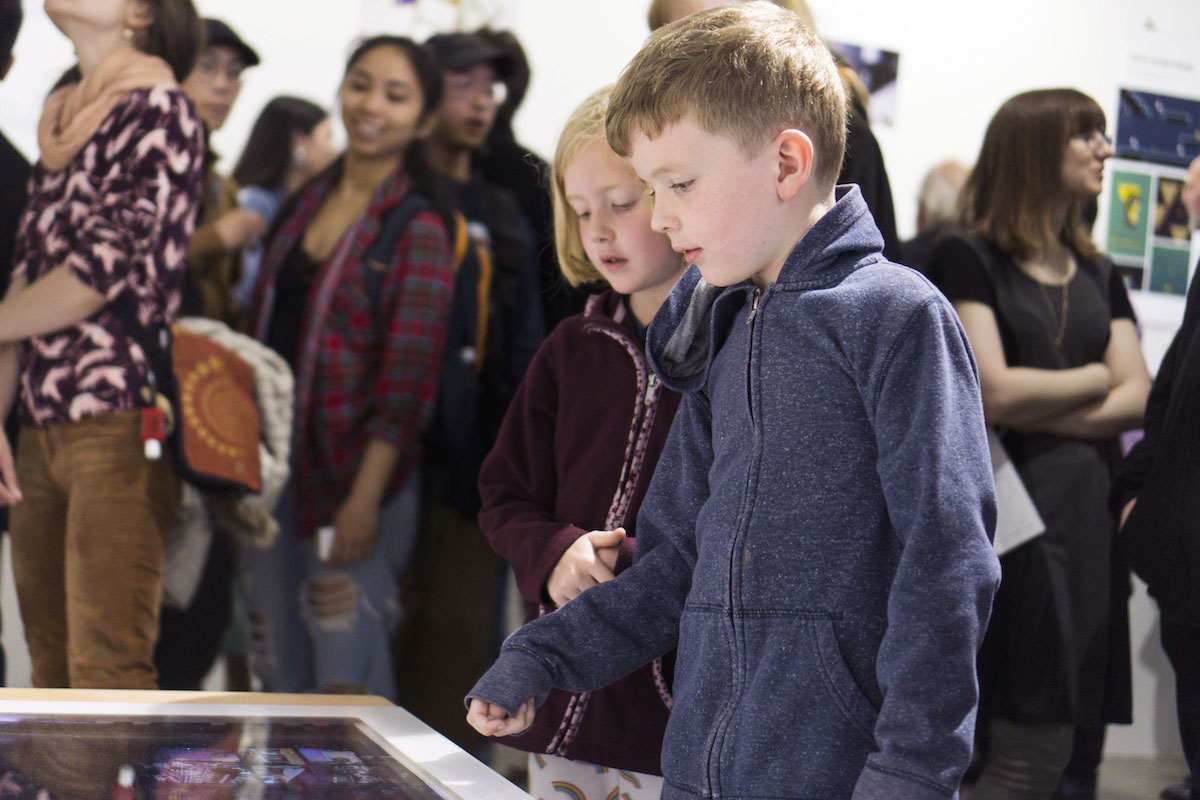
Conclusion
This was quite an ambitious project! There were weeks of research involved, as well as having to design both the physical and digital aspects by myself.
While the project was conceptual in nature, given more time, I would perform some user testing to validate the effectiveness of the design. I would love to see whether or not the form factor and the glanceable catch up interface leads to more connection between parents and their children.
Acknowledgements
Capstone was the first time I had the freedom to design my own project, from the topic, to scope, to deliverable.
Without guidance, help, and generosity from these people the project would not have been possible.
- Annabelle, Kristine, Phillip, Mallory, and Siena – Research Interviews
- John Martin and Flyn O’Brien – Woodshop/Fabrication Guidance
- Axel Roesler – Interaction Design Chair
- Sang-gyeun Ahn – Industrial Design Chair